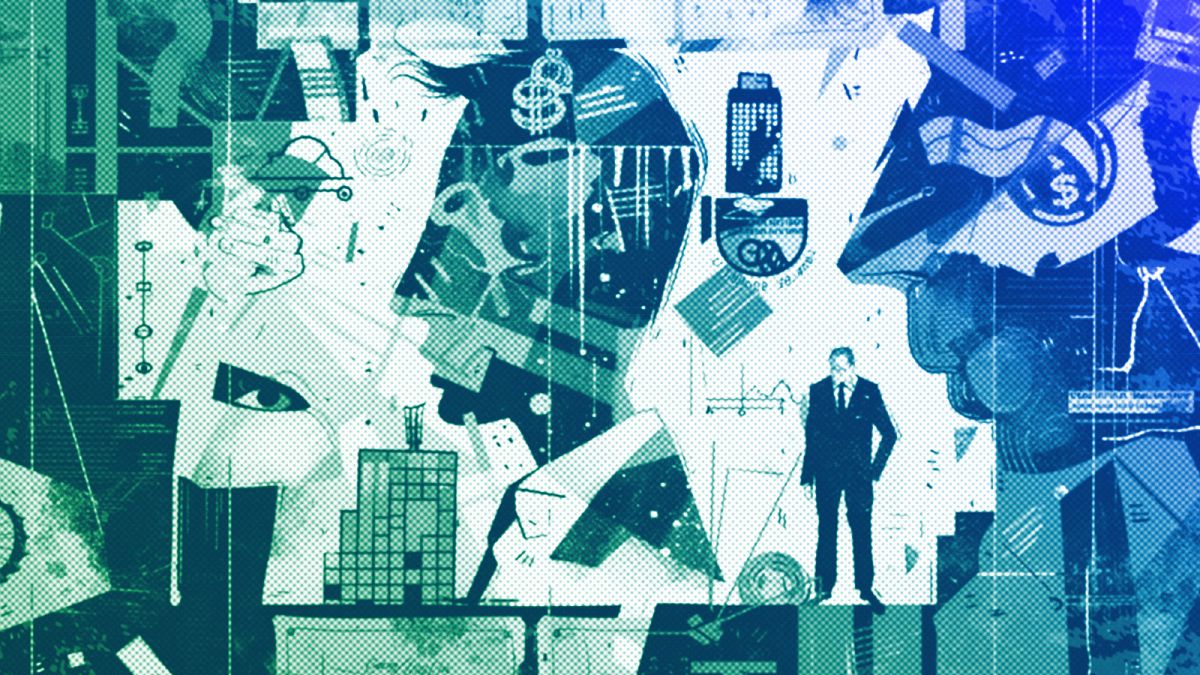The flip side of debt: The EU’s urgent need for new resources
Agreeing on one-off common debt issuance was hardly a Hamiltonian moment — but substantially increasing the bloc’s own resources may just bring us closer to one.

Ditte Brasso Sørensen is the head of analysis at Think Tank EUROPA. Rasmus Egmont Foss is an analyst Think Tank EUROPA.
When European leaders opted to issue common EU debt on an unprecedented scale during Covid-19, some hailed it as a Hamiltonian moment.
The commitment was to fund these loans by giving the EU new “own resources” — Brussels jargon for revenue going directly into the bloc’s coffers. Problem is, to this day, this funding remains a fiction, as European leaders have been avoiding addressing how to finance this debt since 2020. Time is now ticking for them to settle the issue, and while their solution will undoubtedly shape the EU’s future financing, it also has the potential to bring about a moment more deserving of the Hamiltonian label.
Coming in at around €350 billion in total, the grants provided to member countries under the recovery funds must be repaid starting in 2028, with estimated annual costs running somewhere between €22 to €27 billion. And according to an agreement between the European Commission, the Council of the EU and the European Parliament of 2020, the Commission’s proposal for the next seven-year budget, which is expected in late 2025, must detail how these loans will be repaid.
However, until the presentation of the bloc’s five-year strategic agenda this summer, EU leaders were notoriously silent on the issue, even then only noting that “we will work towards the introduction of new own resources.” Similarly, in her Political Guidelines for 2024-2029, Commission President Ursula von der Leyen simply noted “new own resources will be needed to ensure sufficient and sustainable financing for our common priorities.”
But where will they come from?
The Commission has twice identified potential sources of revenue: the EU’s Emissions Trading Scheme (ETS), the upcoming Carbon Border Adjustment Mechanism (CBAM) and the reallocated profits of large firms under an Organization for Economic Co-operation and Development agreement. In total, these three streams are expected to generate up to €36 billion per year after 2028. Earlier proposals have also included a financial transaction tax, and other new taxes could potentially be in line as well.

The fundamental concern here is whether these revenue streams will remain under national control or shift to the EU, and whether the Parliament and Commission will be able shape how the money’s spent beyond the loan repayments.
While the Council has stalled on progress, the Parliament has supported increasing the EU’s own resources for decades — a move that would tilt the institutional balance in its favor vis-à-vis member countries. But with euroskeptic parties on the rise across the Continent, national leaders may find it difficult to cede more revenue to the EU, even if previously agreed by their predecessors.
However, the debate over new resources isn’t just necessary for the repayment of recovery loans, it’s also critical to addressing the EU’s broader financing needs, including the proposed green and digital transitions and the strengthening of Europe’s defense industry.
Leaders across the bloc have begun to recognize the need for stronger European financing. French President Emmanuel Macron’s call to double the EU budget was hardly a surprise, but the change in tone from leaders of so-called frugal countries, such as Denmark, may indicate the tide is beginning to turn.
The recovery loans were intended as a one-off measure, but the European Council’s commitment to explore “all options for mobilizing funding” for the EU’s defense industry has now fueled calls for more. Yet, the funding options explored by the Commission — initially expected to be discussed at the June 2024 summit — were never disclosed. And the current political instability in France, as well as disagreements within a weakened German government, threaten to further derail the debate on own resources.
Despite these political headwinds, if European spending is to rise to meet the challenges of the coming decade, revenues must follow, increasing the need for own resources. Thus, the debate now needs to focus on which resources to pursue, as well as the guiding principles for future revenue streams and the institutional reforms necessary to realize them.
Agreeing on one-off common debt issuance was hardly a Hamiltonian moment — but substantially increasing the bloc’s own resources may just bring us closer to one.
What's Your Reaction?


















































